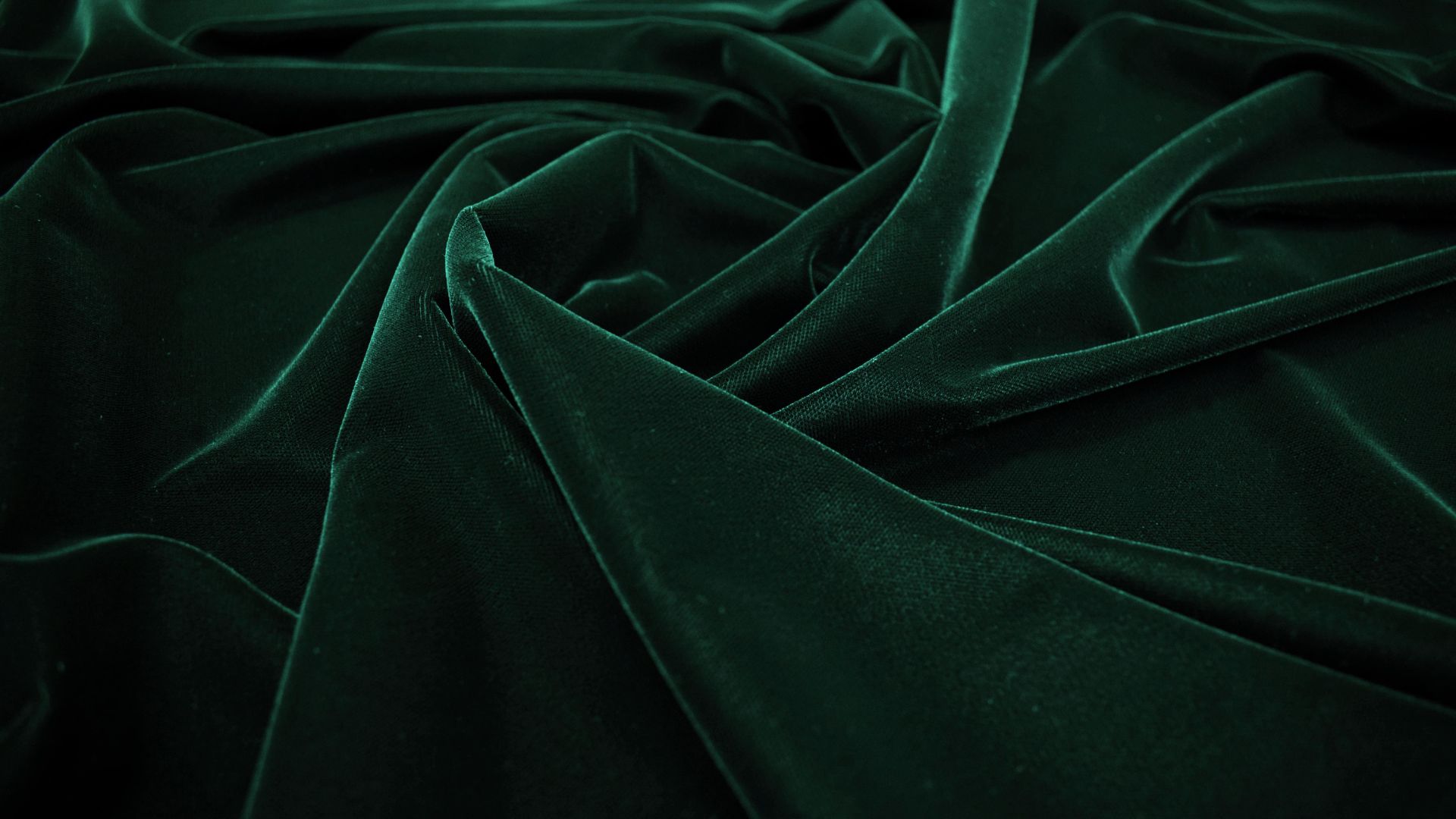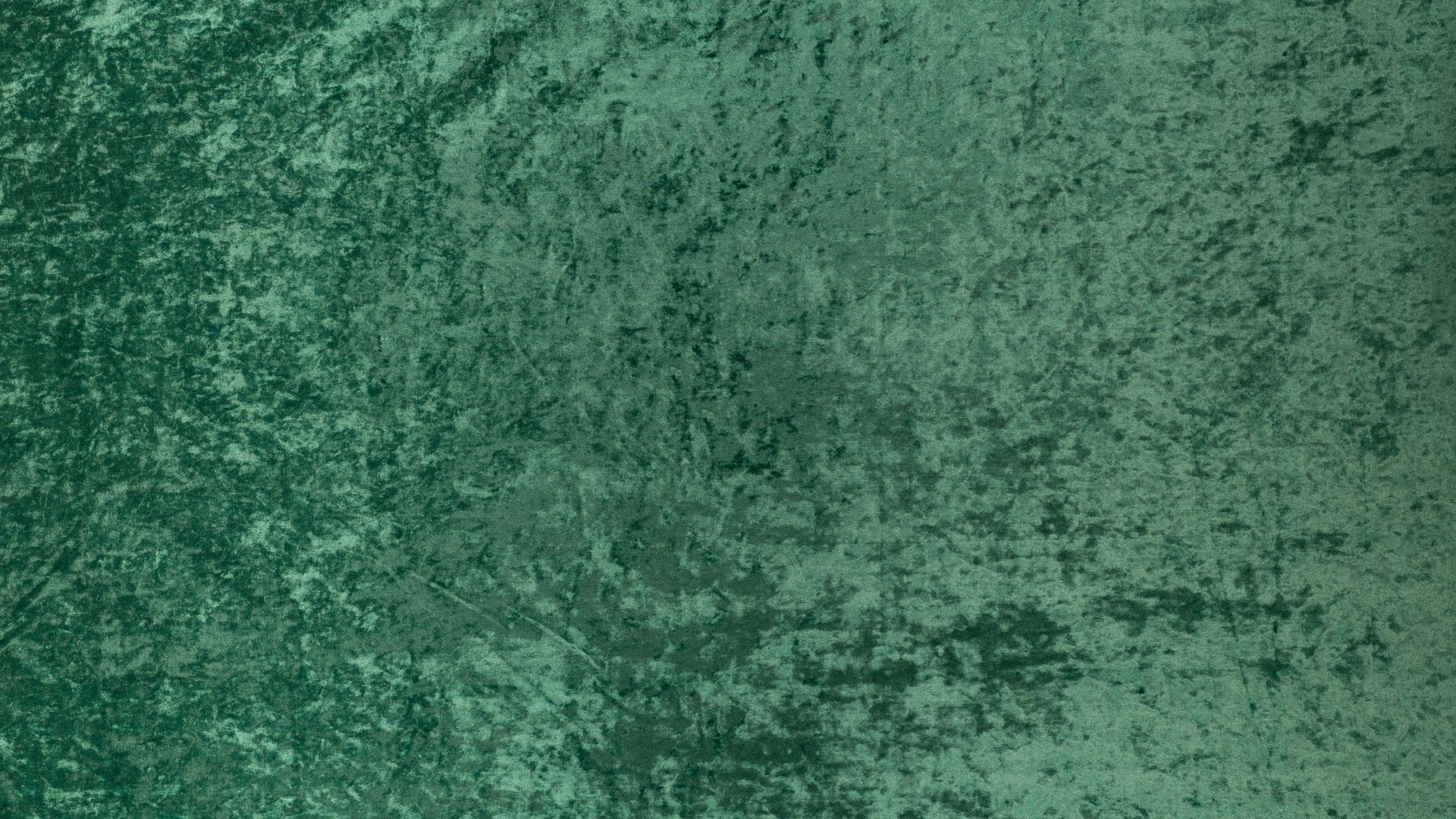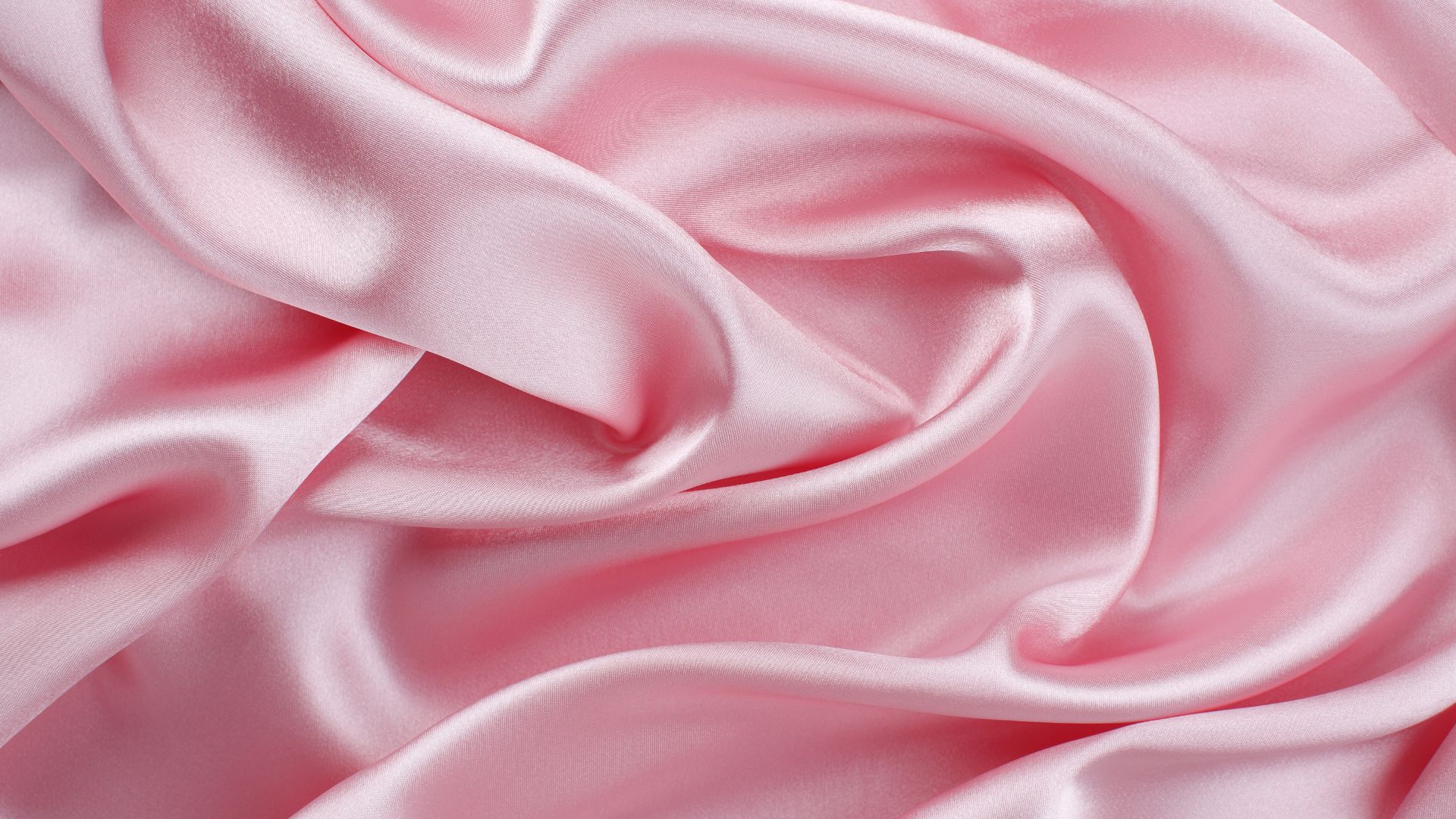Velvet vs Crushed Velvet: Which is the Best Upholstery Fabric?
15th August, 2025
Velvet fabric is timeless — smooth, rich, and elegant. Crushed velvet, on the other hand, brings a flashier, textured twist. Both are popular for upholstery, but the right choice depends on style, use, and upkeep.
This guide compares velvet vs crushed velvet across texture, sheen, care, and more. Whether you’re upholstering for impact or everyday comfort, knowing the pros and cons helps.
From luxury sofas to boutique seating, we’ll cover what suits your project and why it matters in real homes and small businesses alike.
What is Velvet Fabric?

Velvet fabric is known for its soft, smooth feel. It’s made using a dense pile weave, originally from silk but now often from cotton or polyester blends. That makes it more accessible while keeping its signature texture.
In upholstery, velvet fabric adds depth and a luxurious finish. It works well for sofas, chairs, and cushions where softness matters.
Most velvet upholstery fabric today uses synthetic fibres, offering more durability for daily use. Higher-end versions, sometimes called luxury velvet fabrics, are still available for premium interiors or standout pieces.
What is Crushed Velvet?
Crushed velvet starts as regular velvet fabric, but its pile is twisted or pressed in random directions. This gives it a rippled, uneven texture that shimmers under light.
It’s soft like velvet, yet looks more dynamic. That shifting shine makes it a popular choice for standout upholstery — from statement chairs to luxe cushions.
Because the surface is already irregular, crushed velvet upholstery tends to hide marks better. It’s often used in boutique settings or trend-led interiors where visual texture is just as important as softness.
Texture
When it comes to feel, velvet vs crushed velvet offers two very different experiences. Standard velvet fabric has an even, soft finish that’s all about smoothness and calm. It’s almost like stroking a sleek animal’s fur — deeply satisfying, with no surprises.
Crushed velvet, on the other hand, feels lively. Its pile moves in all directions, creating a ripple-like texture that’s both soft and irregular. That unpredictability is what makes it appealing for bolder styles or boutique pieces.
| Feature | Velvet Fabric | Crushed Velvet |
| Feel | Smooth, soft, consistent | Soft, rippled, slightly uneven |
| Touch Sensation | Calm and even | Lively, more varied |
| Visual Texture | Flat and uniform | Dynamic and ever-changing |
Appearance

Visually, the contrast between velvet vs crushed velvet is easy to spot — and yet, that difference might sway your decision.
Plain velvet fabric offers a rich, consistent colour across the surface. It often looks deep and elegant, especially in darker tones. It’s that sense of stillness that suits timeless interiors or classic schemes.
Crushed velvet flips the script. Because of its irregular pile, it catches the light more dramatically. The result? A shimmering, almost liquid-like effect that changes as you move around it. This suits glamorous, high-style spaces where standout fabric is part of the appeal.
Fabric Structure
At the core, both velvet fabric and crushed velvet are made with a pile weave — meaning extra yarns are woven in to stand up from the base. That’s what gives velvet its texture.
The difference lies in how those upright fibres are treated. With plain velvet, the pile stays straight and smooth, offering a uniform feel. Crushed velvet, however, has its fibres pressed and twisted at various angles. This disrupts the surface, creating that signature rippled texture that feels slightly more informal, but still very much luxurious.
Sheen
One of the most noticeable differences between the two is how they reflect light. Velvet fabric tends to give off a soft, low-key glow. It’s subtle — almost matte — which suits understated, luxury velvet fabric styles where less is more.
Crushed velvet, in contrast, is all about that shimmer. Because the pile is unevenly flattened, it reflects light in lots of directions. That’s why it often seems to sparkle or shift as you walk past. It’s a great way to add movement or flair, especially in glamorous or contemporary spaces that call for visual impact.
Drape
The way a fabric falls can change everything — from how curtains hang to how upholstery wraps. Velvet fabric tends to have a heavier, more structured drape. It hangs in thick folds and holds its shape well, which makes it ideal for formal curtains or tailored pieces.
Crushed velvet, by contrast, is usually lighter. Its rippled texture means it moves with more bounce and fluidity. That’s what gives it a more relaxed, slightly bohemian feel — perfect for looser covers, throws, or boutique furniture where softness and flow matter.
Maintenance
Keeping your fabric looking good over time takes a bit of know-how, especially with velvet. Standard velvet fabric may need a little more care. Brushing the pile helps keep it smooth, and you’ll want to avoid too much friction. These are key velvet maintenance tips, particularly for high-use items like seating.
Crushed velvet is more forgiving. Its pile is already uneven, so everyday wear tends to blend in. That said, both types benefit from regular vacuuming and spot cleaning. In all cases, always test any cleaners on a hidden patch first — just to be safe.
Durability

Durability comes down to fibre blend and how the fabric is used. Velvet upholstery fabric, especially in polyester, holds up well under daily use. Its dense pile stays plush with the right care.
Crushed velvet upholstery, while visually bold, can wear faster in high-friction areas. Its texture may flatten over time, so it’s better suited to occasional chairs or feature pieces. For everyday seating, plain velvet often proves more reliable, especially when longevity is a top priority.
Cost
The price tag can vary quite a bit, and it usually comes down to fibre type and pile density. In general, velvet fabric sits at the higher end, especially if it’s made with natural fibres or has a particularly dense weave. This is often where the “luxury” aspect really kicks in.
Crushed velvet, meanwhile, is often more affordable. It tends to use polyester blends, which keep costs down without sacrificing too much visual appeal. That makes it a smart pick for trend-led projects where budget is a factor, but impact still matters.
So, velvet vs crushed velvet? Which one you choose depends on your design goals. Velvet fabric is perfect for classic looks and durable finishes, while crushed velvet upholstery adds flair and light play for more contemporary settings.
Still unsure? Our team can help match the right fabric to your project. Contact us at UK Fabrics Online for expert advice or to request a fabric sample — it’s a great way to make your decision easier.
Leave a Reply